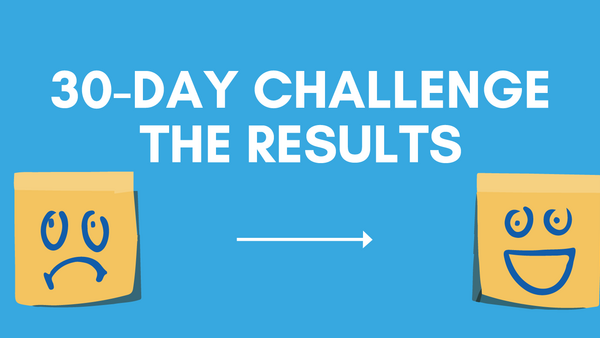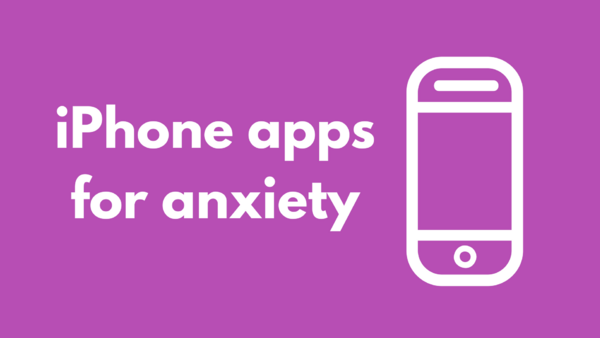
What is Metacognitive Therapy?
A lot of people find that cognitive behavioural therapy (CBT) doesn't work. Yet the science tells us that it does. What is going wrong here? What's happening to these people? The answer may lie in something called metacognitions.
How traditional therapy works
CBT is the standard therapy for a range of issues including anxiety, depression, obsessive-compulsive disorder (OCD) and post-traumatic stress disorder (PTSD).
It intervenes at the cognitive level and then adds a behavioural component?
What does this mean in jargon-free language? It means that we challenge our beliefs to see if they are valid or not, and then use tests to prove it.
For example, let's say you struggle with social anxiety and avoid going to parties because you are worried you will embarrass yourself.
If we unpack the belief a little, the worry is likely to be that there is a high chance of doing something embarrassing and that the social consequences of this are very high: you'll lose all of your friends and end up as a crazy cat lady. As opposed to a regular cat lady, which is a good way to live.
Your therapist would have you challenge the belief. Are you likely to do something embarrassing? Would the social consequences be that bad?
The answer to both questions is no. It's unlikely that you would do anything embarrassing. And, if you did trip over, all that would happen is something would add a patronising "mind your step" comment and nothing else would happen, leaving you with all of your friends intact.
How metacognitive is different
In the cognitive therapy example we discussed above, we looked at our belief. In this case, the belief that we will make a fool of ourselves when we go to parties. We then challenged that belief.
Metacognitive goes in at a deeper level. It looks at beliefs about beliefs. It gets meta.
What does this mean? That instead of working out what the belief is and asking ourselves "is this belief valid?" we instead ask ourselves "why am I paying attention to these thoughts and should I just ignore them instead?"
An example, to clarify
Let's say that you are going on holiday next week and you cannot stop stressing about getting everything ready. You continually double-check that you have your passport in case you forget it.
In the CBT paradigm, the belief would be "I will forget my passport". We would then challenge that by looking at whether it is likely (no, because you've checked it a million times) and are the consequences serious (you might miss your holiday, but it's not the end of the world).
Metacognitive isn't interested in that. It is interested in why you pay attention to the worry in the first place.
In this instance, the metacognitive belief is "I need to worry, or bad things will happen". Subconsciously, we believe that we have to worry to keep ourselves safe. Therefore, even though we know the worry is not valid, we keep giving it attention.

What kind of meta-beliefs are there?
There are several common metacognitive errors. These include:
- "I need to worry to keep me safe"
- "Spending time worrying makes me better prepared"
- "I cannot control my thoughts"
- "I cannot change or reduce the amount of worrying I do"
Each of these beliefs is likely to be a barrier to therapy and to reducing our anxiety. If we consciously or subconsciously belief that there is nothing we can do about our worrying, or that we need to keep worrying to keep us safe, we are unlikely to engage fully with treatment.
A short history of MCT
Metacognitive errors are treated using metacognitive therapy (MCT). Where did this come from and how did it develop?
Its origins lie in cognitive-behavioural therapy. Researchers wanted to know why CBT was not effective for everyone. This process led to the discovery and development of the theory of metacognitions. Subsequently, exercises were developed to help people change these beliefs, and this became MCT.
The current definitive textbook on the subject is _Metacognitive Therapy for Anxiety and Depression by British psychologist Adrian Wells. It was published in 2011. This means that there is a lack of long-term evidence for the effectiveness as MCT because it simply has not been around long enough. However, early indications are good: a [2014 review](A 2014 meta-analysis concluded:
"MCT is effective in treating disorders of anxiety and depression and is superior compared to waitlist control groups and CBT."
How does the therapy work?
Metacognitive therapy is based on rooting out these faulty beliefs and questioning their validity. Once a metacognition has been identified, specific exercises can then be practised to reduce it.
For example, let's say you discover that one of your beliefs is that "I cannot control my thoughts" and therefore that there is no point trying to worry less.
In this case, you can practice directing your attention (like we do in our focus mindfulness medication) to different things to teach yourself that you do have control. In this aspect, it is similar to the behavioural practice of CBT, except that we are focused on re-training our metacognitions.
Conclusion
Metacognitive therapy is a young but rapidly developing field that can be effective for generalised anxiety disorder (GAD), health anxiety, obsessive-compulsive disorder (OCD) and depression.
It is not always an easy therapy to get along with: it requires comprehending complex ideas, taking deep dives into your thought process and practising the re-training techniques. However, research suggests that it can produce big results when taken to heart.
Related articles
Metadata
Published 13 November 2017. Written by Chris Worfolk.

